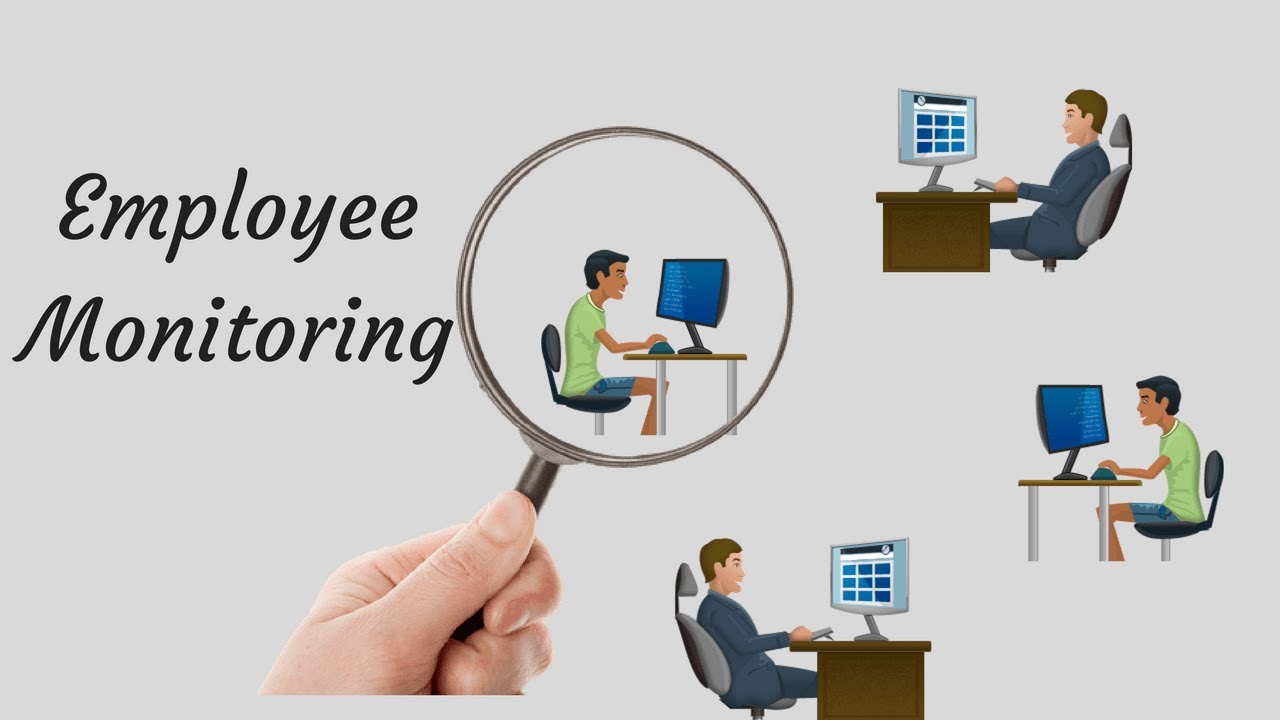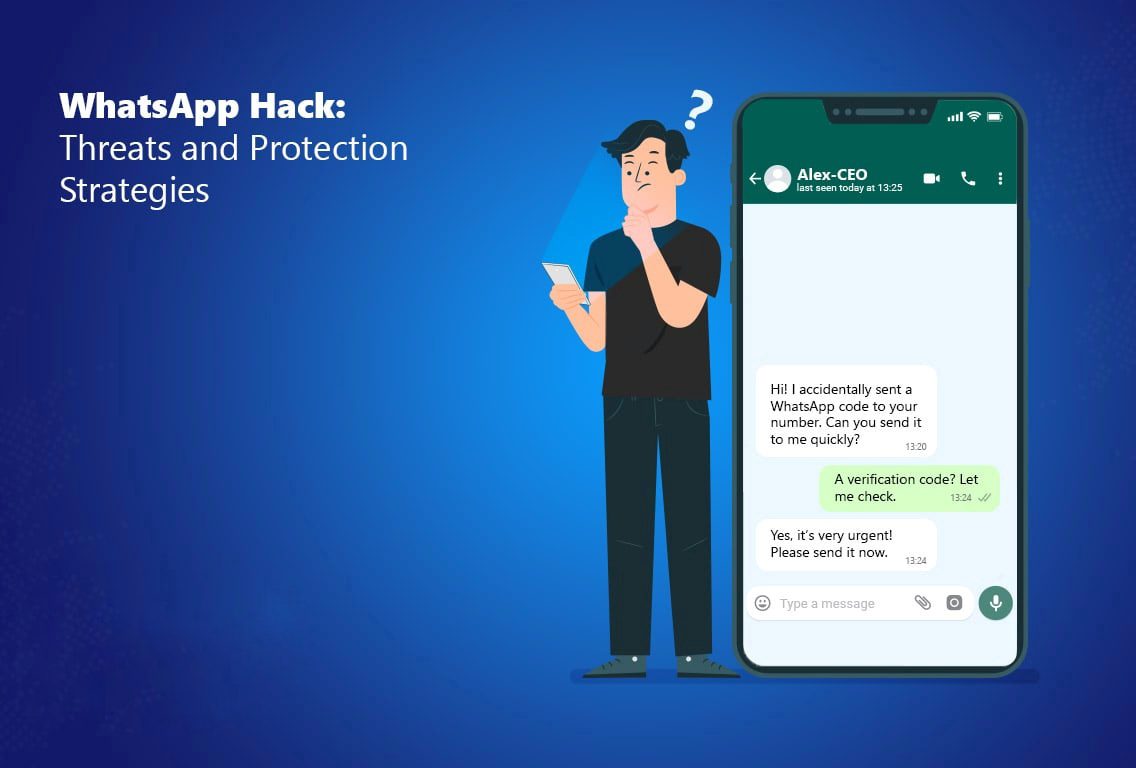
In today’s digital workplace, maintaining productivity, ensuring data security, and meeting compliance standards have become critical for business success. Employee Monitoring Software is an essential tool that helps companies achieve these goals by providing insights into work habits, enabling efficient management, and promoting transparency across in-office and remote teams. In this article, we’ll explore the benefits, key features, and implementation strategies of Employee Monitoring Software, alongside a discussion on its role in enhancing project management through project tracking software.
Contents
- 1 What is Employee Monitoring Software?
- 2 Key Features of Employee Monitoring Software
- 3 Benefits of Employee Monitoring Software
- 4 Use Cases: From Employee Monitoring to Project Tracking
- 5 Choosing the Right Employee Monitoring Software
- 6 Best Practices for Implementing Employee Monitoring Software
- 7 Trends and Future Outlook
- 8 Conclusion
What is Employee Monitoring Software?
Employee Monitoring Software is a digital tool that allows businesses to track, monitor, and analyze employee activities. This software gathers data on work patterns, productivity, and usage of applications and websites, giving employers the ability to oversee both in-office and remote teams. The software plays a crucial role in improving productivity, enhancing security, and ensuring compliance with industry regulations, making it a valuable asset for modern organizations.
Key Features of Employee Monitoring Software
1. Time Tracking:
Enables employers to monitor hours worked, break times, and overtime, which can be especially valuable for businesses with remote or flexible schedules.
2. Screen Monitoring:
Provides managers with visibility into work activities by capturing screenshots or recording sessions. This feature helps identify areas for improvement and enhances transparency.
3. Activity Logging:
Records usage of specific applications and websites, allowing managers to identify potential distractions and measure engagement levels accurately.
4. Comprehensive Reporting:
Aggregates data into easily digestible reports, which help managers make informed decisions about productivity, time allocation, and resource needs.
Each of these features empowers companies to make data-driven decisions and create efficient workflows, contributing to a well-managed and productive work environment.
Benefits of Employee Monitoring Software
Employee Monitoring Software offers numerous advantages for both employers and employees:
Increased Productivity:
By setting clear expectations and monitoring activity, employees tend to stay focused on their tasks, ultimately enhancing productivity.
Cost Efficiency:
Monitoring software helps organizations optimize operational costs by highlighting inefficiencies, reducing downtime, and aiding in resource allocation.
Improved Remote Work Management:
With the growth of remote work, Employee Monitoring Software enables managers to support and supervise their teams effectively, ensuring that all tasks align with company objectives.
This software also benefits employees by promoting accountability and facilitating feedback, ultimately leading to a more positive work environment.
Compliance and Privacy Considerations
Privacy and compliance are crucial when implementing Employee Monitoring Software. Data protection laws, such as GDPR and CCPA, require companies to handle employee data responsibly. To stay compliant and build trust, organizations should:
Communicate Clearly:
Employees should be informed about the monitoring process, its purpose, and how the data will be used.
Collect Only Necessary Data:
To maintain privacy, collect only essential data relevant to improving productivity and performance.
Respect Boundaries:
Avoid excessive monitoring by limiting activity tracking to work hours and relevant tasks, respecting employees’ personal time and space.
By focusing on transparency and data responsibility, companies can use Employee Monitoring Software ethically and legally, fostering trust with employees.
Use Cases: From Employee Monitoring to Project Tracking
Employee Monitoring Software is versatile and can be used across various industries. Here are some real-world applications:
Remote Work Management:
Many organizations with remote teams use monitoring software to maintain productivity, track project milestones, and ensure timely completion of tasks.
Project Tracking Software:
Project-based businesses benefit immensely by combining Employee Monitoring Software with project tracking software. The integration helps managers oversee multiple projects, allocate resources efficiently, and ensure deadlines are met, leading to smoother project execution.
Time Optimization:
In sectors like customer service and sales, Employee Monitoring Software allows managers to track peak productivity hours, ensuring that staffing is aligned with demand and reducing idle time.
These applications showcase how Employee Monitoring Software can support various workflows, contributing to better project management and effective team collaboration.
Choosing the Right Employee Monitoring Software
Selecting the most suitable Employee Monitoring Software requires consideration of the organization’s unique needs. Key factors to keep in mind include:
Scalability:
Choose software that can grow with your company, accommodating additional users and features as required.
Integration Capabilities:
The software should integrate well with existing business tools, such as project tracking software, for seamless workflow management.
Ease of Use:
Look for user-friendly software that is simple to navigate for both administrators and employees, reducing learning curves and resistance to adoption.
Carefully evaluating these factors will help organizations find a solution that aligns with their goals, enhancing productivity and operational efficiency.
Features to Look for in Employee Monitoring Software for Mac
Best Practices for Implementing Employee Monitoring Software
Effective implementation of Employee Monitoring Software is critical to its success. Here are some best practices to follow:
Develop Clear Policies:
A well-defined policy outlining the purpose of monitoring and the data collection process will help ensure transparency and set clear expectations with employees.
Offer Training:
Providing training on how the software works can address concerns, improve user adoption, and foster a positive attitude toward the monitoring tool.
Gather Feedback:
Encourage employees to share their feedback on the software, creating a collaborative and transparent culture around productivity improvement.
By implementing these practices, companies can ensure a smooth adoption process, fostering a positive work environment built on trust and productivity.
Trends and Future Outlook
Employee Monitoring Software continues to evolve, adapting to new business needs and technological advancements. Here are some trends shaping the future of this industry:
AI and Machine Learning:
Advanced AI capabilities are being integrated into monitoring tools to provide predictive analytics on productivity and identify patterns that enhance team performance.
Focus on Employee Well-being:
Modern monitoring software is starting to incorporate features that promote work-life balance, identifying burnout risks and offering insights into mental well-being.
Enhanced Privacy Controls:
As privacy concerns grow, software providers are adding more granular privacy settings, allowing companies to customize tracking based on roles and tasks.
With these advancements, Employee Monitoring Software is set to play an even more significant role in supporting hybrid and remote work environments, providing a balance between productivity tracking and employee satisfaction.
Conclusion
Employee Monitoring Software has become an essential tool in today’s workplace, helping companies enhance productivity, ensure compliance, and support remote teams. By incorporating best practices and addressing privacy concerns, businesses can implement monitoring tools effectively, fostering a culture of accountability and transparency. Furthermore, integrating Employee Monitoring Software with project tracking software can optimize project workflows, enabling seamless resource allocation and time management. As the technology evolves, Employee Monitoring Software will continue to shape the future of work, supporting businesses in adapting to a dynamic work environment while respecting employee privacy and well-being.







